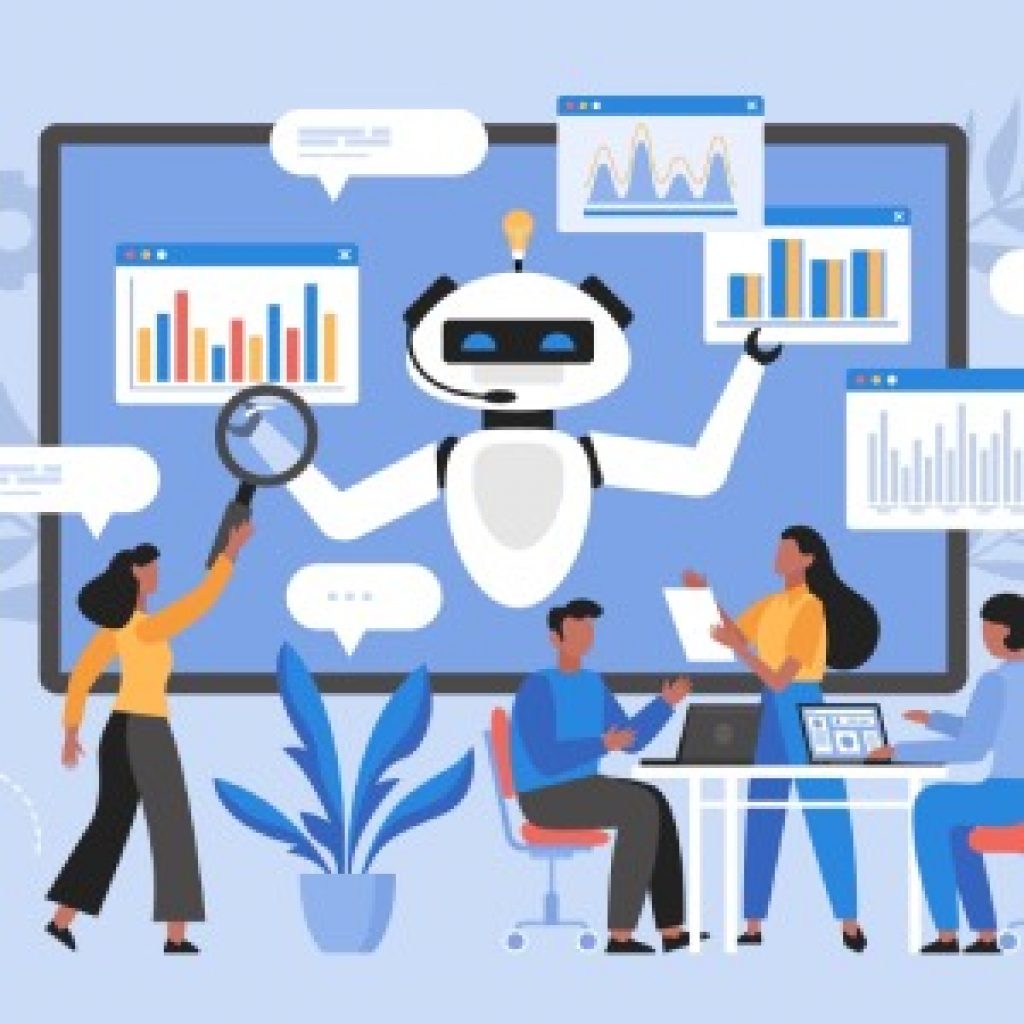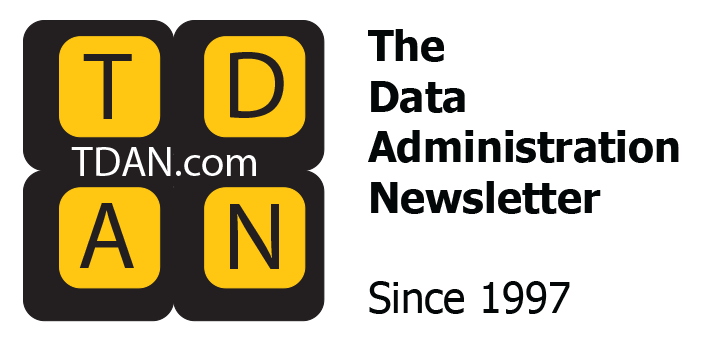
The Camera Lie
At some point in every panel, someone leans into the microphone and says it: “AI is just a tool, like a camera.” It’s meant to end the argument, a warm blanket for anxious minds. Art survived photography; we’ll survive this. But it is wrong.
A camera points at the world and harvests what’s already there. A modern AI system points at us and proposes a world — filling gaps, making claims, deciding what should come next. That difference is not semantics. It’s jurisdiction.
Consider two failures.
In the first, you press the shutter and get a blur. No one mistakes the smear for the truth. Your audience can see the error with their eyes. The remedy is obvious: Take another photo.
In the second, a model flags a teacher as a cheater, a traveler as a risk, a family as ineligible. There’s no blur to see, just the cold grammar of authority: “The system found a pattern.” Now the remedy is a process: contestability, evidence, appeal. Not a do-over, a hearing. That’s the move from tool to institution, and it’s why the camera analogy falls apart the moment a model’s output binds other people.
Why the Analogy Persists (and Why It Fails)
The camera line survives because it flatters our self-image as operators. If AI is a tool, then we are authors — responsible for taste, not for power. Cozy. Convenient.
But cameras are passive instruments. They don’t learn you; they don’t shape you. Generative models are active systems. They ingest a distribution of the past and synthesize plausible futures — sentences, images, labels — each a small act of world-building that can be mistaken for knowledge. That’s more than assistance. It’s a proposal.
A photographer decides where to stand; a model decides what reality should look like for a given prompt, query, or case. Those are different species of decision, and the difference shows up everywhere law and governance touch the machine.
The Legal Reality We Pretend Not to See
We don’t need new metaphors to know AI isn’t a camera. We need to read the definitions we already have. Lawmakers and agencies have quietly codified what the stagecraft denies:
- Statutes define systems that act. AI systems “generate outputs (predictions, recommendations, decisions, or content) and may adapt after deployment.” That’s an engine, not a lens. Risk regimes are built around systems that act, not tools that merely record.
- Risk management assumes behavior, not mere use. Public guidance focuses on lifecycle controls, monitoring, and incident response. We don’t write tripod safety manuals; we write operating procedures for decision systems that can misfire in ways the human eye can’t see.
- Security treats models as new attack surfaces. Prompt injection, training-data poisoning, and insecure output handling do not map to optics. You don’t “poison” a Nikon. Large language models introduce novel classes of vulnerabilities, including prompt injection, training-data poisoning, insecure output handling, model DoS, and supply-chain risk, which have no real analogue in optical devices. This is why even app-layer security communities have created dedicated “Top 10” lists specifically for LLMs. Governance that pretends a model is a camera ignores a live, evolving threat model.
- Authorship doctrine draws a bright line. A photo is protectable because a human author made it. Purely AI-generated material, absent sufficient human control, isn’t. The law refuses to pretend the prompt is the picture. That alone should retire the analogy. That doesn’t mean the output is “authorless”; it means the law refuses to pretend the user’s prompt equals human creative control. Cameras yield photographs authored by people; models yield artifacts whose legal status relies on the extent to which a human actually contributed. Different authorship rules = different things.
- Manipulation risk is baked in, not bolted on. The FTC has flagged competition and consumer-protection concerns specific to generative systems — systems that can shape behavior at scale, not just capture it. The agency’s warnings aren’t aimed at tripods; they’re aimed at technologies that learn vulnerabilities and operationalize persuasion in a way consumers can’t see or contest.
- Professional duties already reflect the difference. Even in patent practice, the USPTO now expects disclosure when AI played a “significant role,” warning against laundering machine inventions as human. Across doctrines, AI isn’t getting slotted in as a mere implement. This is another signal that, across doctrines, AI isn’t being slotted in as a mere instrument.
If you regulate a model like a camera, you’ll end up policing the tripod while the system makes decisions in the background.
Agency Without a Soul
We get tangled because we hear “agency” and picture consciousness. Don’t. Here, agency refers to the built-in logic and policy, encompassing the training distribution, objective functions, guardrails, and sampling strategies that determine which token is chosen over another. The model is not a person, but it isn’t an empty pipe. It embodies choices that will be made (over and over) at human scale, with the same confidence we misread as competence.
That’s why generative AI feels creative without being human. It performs composition: not presence, but pattern. It produces objects that look like testimony. Cameras can lie (through framing), but models conjecture. They create the very thing we then argue about.
A camera is passive: it points, records, and stores. It has no internal policy objective and no learned model of you.
A generative model is active: It estimates, composes, and chooses among possibilities based on internal parameters and training data. It can synthesize what never existed, extrapolate what was missing, and sometimes adapt after release. That makes its operator less an “author holding a tool” and more a deployer of a decision system, with duties to validate, constrain, and account for failure.
The camera analogy is comforting because it dissolves jurisdiction: If AI is just a new brush, all we need is taste. But if AI is a generative decision substrate, the right questions are legal: Who can change it? Who can stop it? What counts as proof? Who pays when it’s wrong?
The Governance Hinge
So the real question isn’t, “Is AI art?” It’s, “Who controls the switch?” Who can change the model? Who can stop it? What counts as proof when it’s wrong? Who pays for correction, delay, or denial?
Treat AI like a camera, and you’ll discuss etiquette such as attribution, vibes, and inspiration. Treat AI like what it is — a generative decision substrate — and you’ll discuss jurisdiction: contestability by design; provenance and chain-of-custody for model claims; slow gates wherever identity, safety, pay, or due process are at stake. You’ll budget for audits, not just aesthetics. You’ll insist that systems acting on the public are answerable to the public.
That is not sentiment. It’s structure.
A Simple Test
When someone says “AI is just a tool,” ask the only question that matters: If this output is wrong, what is the path to justice? If the answer is, “Take a better picture,” you might be holding a camera. If the answer is, “File an appeal,” you are staring at a system that makes decisions. That system deserves rules.
Why This Matters
A leader’s speech shouldn’t calm us with metaphors; it should clarify where power sits. The moment we stop pretending AI is merely a lens, we can undertake the necessary design work: identify decision points, assign responsibilities, assess risks, and establish boundaries. Not to smother innovation, but to keep it answerable.
The camera made images, cheap. AI makes judgments, cheap. History suggests that when judgment gets cheap, someone else pays the price.
So let’s retire the line that keeps our conscience comfortable. AI is not “like a camera.” It is a system that proposes, persuades, and sometimes decides. If it touches identity, safety, pay, or due process, it must be governed accordingly — before scale, not after harm.
That’s the ground we stand on.
